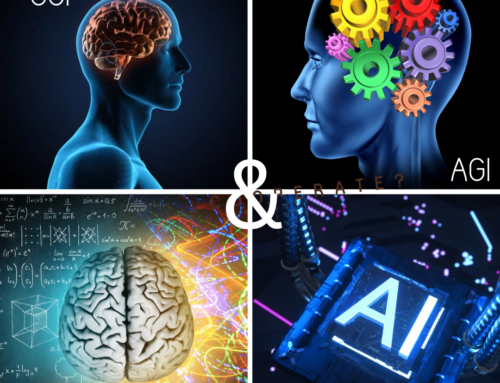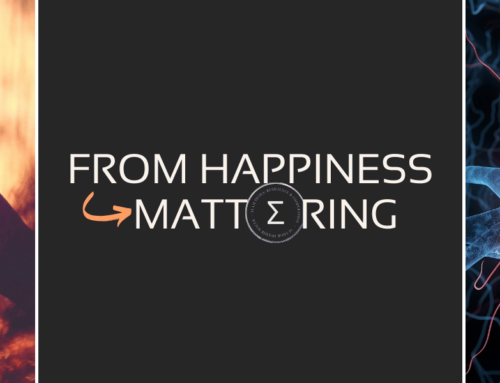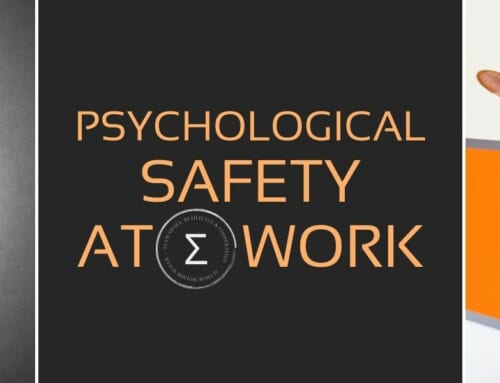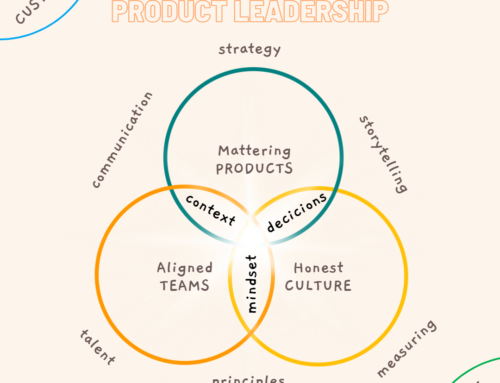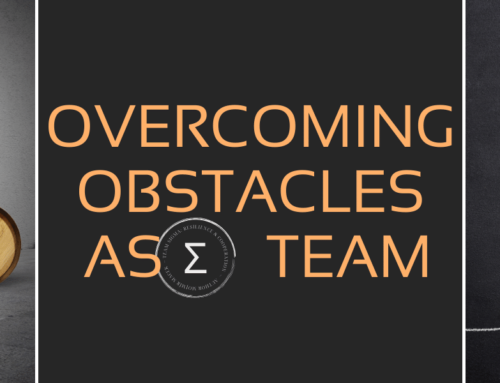The next qualitative better level – generation of movement Happiness @ Work will aim at a more holistic and sustainable approach to well-being, engagement, and organizational culture plus orgs design. Here are some key elements of this #innovution (evolution & revolution at the same time):
- Beyond Individual Well-Being: Focus on Collective Well-Being
The focus should shift from isolated interventions targeting individual happiness to creating systems that enhance the collective well-being of teams and the entire organization. This would involve fostering a culture of psychological safety, inclusion, flourishing mindset and shared purpose. Team dynamics and collaboration should be prioritized, ensuring that people feel connected and valued as a group, not just as individuals.
- Alignment with Purpose and Values
Employees are increasingly motivated by purpose and meaning. The next level of Happiness @ Work should focus on aligning employees’ personal values with the organization’s mission and goals. When people feel they are contributing to a purpose larger than themselves, they experience deeper fulfillment and engagement, strong internal motivation, all beyond/above just day-to-day happiness.
- Long-Term Engagement Over Short-Term Satisfaction
Rather than focusing on short-term boosts to happiness (like perks and social events), organizations should aim to build long-term engagement strategies. This includes creating pathways for professional growth, fostering a sense of mastery, autonomy, and recognition. A sustainable happiness model is one where employees are continuously challenged and supported in meaningful work.
- Mental Health as a Core Pillar
Mental health and emotional well-being must be embedded into the fabric of organizational policies. This means offering not only resources like counseling or wellness programs but also creating an environment where vulnerability is respected and mental health challenges are openly discussed without stigma.
- Emphasis on Flexibility and Work-Life Integration
With the rise of hybrid and remote work models, the next level should focus on offering true flexibility, allowing employees to integrate work into their life in a way that supports balance. Rather than strict work-life separation, the emphasis should be on empowering employees to choose when and how they work best, tailored to their personal circumstances.
- Inclusive Leadership and Empowerment
Leadership plays a crucial role in happiness at work. The next step should be about promoting leadership that prioritizes empathy, active listening, and coaching. Leaders should be trained to empower their teams, foster a culture of openness, and encourage a sense of ownership and participation in decision-making. Let’s send bossing to graveyards of management techniques.
- Measuring Impact Beyond Metrics
Rather than relying solely on traditional metrics like employee satisfaction surveys, the next level of Happiness @ Work should include qualitative assessments, personal narratives, and real-time feedback to understand deeper emotional and psychological drivers. Combining these insights with data-driven approaches (like pulse surveys, AI-driven insights) can offer a more nuanced understanding of workplace happiness.
- Community and Social Impact
Employees are increasingly looking to their employers to play a positive role in society. Embedding social responsibility and encouraging employees to contribute to causes they care about—whether through volunteering, social justice initiatives, or environmental sustainability—can enhance a sense of pride and fulfillment that contributes to overall happiness.



